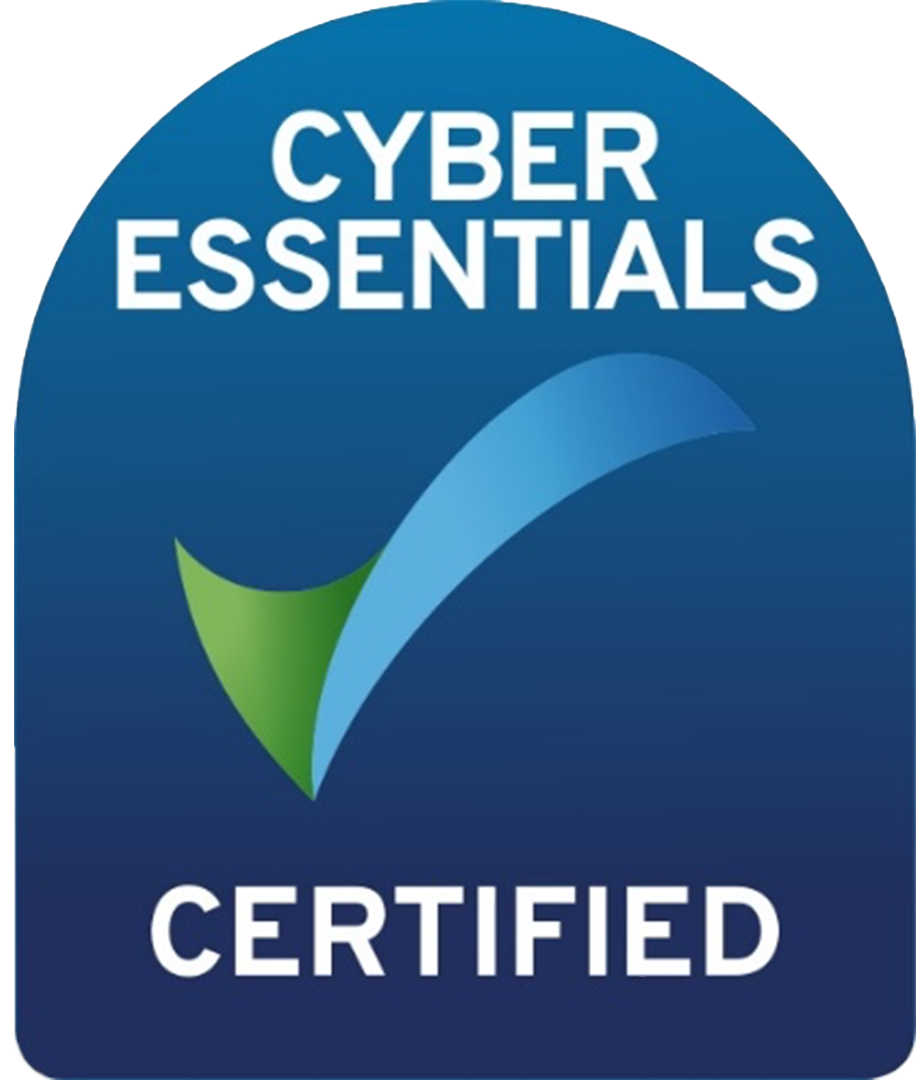Camera Off or Camera On?
Jo Campbell • August 17, 2021
Working from home and flexible work practices have helped us adopt new ways to do business.
Video and videoconferencing have been the answer to help us keep in touch and see each other. Teams, Skype, Zoom or whatever app you use to meet virtually, has been widely accepted and used daily. But when meeting virtually, do you keep the camera on or turn the camera off? What is the right thing to do? What is good practice and what is do you think is correct etiquette? Isn’t it really just a phone call without the camera? If we were physically present at work in a meeting you can’t switch off.
So, should it even be an option to turn the camera off?
Without a camera you miss a person’s facial expressions. You cannot see the nonverbal expressions of a smile, delight, a frown or someone disengaging.
Even though you are working from a distance you don’t need to be distant.
The beauty of a meeting is to come together to interact, and it humanises what otherwise could be a very ‘virtual’ interaction. A client of mine passed on a good rule of thumb when thinking about whether to ‘Camera Off’ or ‘Camera On’. If the meeting has been planned and booked in, then your camera should be on, but if it is an impromptu meeting, perhaps it’s acceptable to opt out (in case you are still in your PJs and not looking ‘camera’ perfect).
Here are my Top 5 Camera Worthy Occasions to switch on, engage and meet face to face.
- Weekly Team Meetings
Strengthen bonds, share learning, support each other, celebrate success all enhanced with seeing each other and updating on the week’s work.
- Business and Project Meetings
Share information, updates, leads and exchange feedback. Show your enthusiasm and express your passion for a point of view. All need personal interaction and shared screens to show reports and project updates.
- Interviews
First impressions count and you definitely need to see a person for that, personal presentation and communication style all help to assess fit.
- Webinar and Training
Demonstrate, emulate, show, instruct. Training works well using visual, auditory, and kinaesthetic inputs.
- Friday Wind-down
Celebrate wins, introduce your pet to the team, show off house renos, wear a crazy outfit and share a ‘cheers’ with your favourite drink to end a week of work. All need visual input.
So, I say embrace the camera, be you and don’t hide. Switch on with the benefit that masks are not required and social distancing covered.
The body content of your post goes here. To edit this text, click on it and delete this default text and start typing your own or paste your own from a different source.
Find the job you love I Find the right talent
Get in touch with people2people
Australia
I United Kingdom
In business since 2002 in Australia, NZ, and the United Kingdom, people2people is an award-winning recruitment agency with people at our heart. With over 12 offices, we specialise in accounting and finance, business support, education, executive, government, HR, legal, marketing and digital, property, sales, supply chain, and technology sectors. As the proud recipients of the 2024 Outstanding Large Agency and Excellence in Candidate Care Awards, we are dedicated to helping businesses achieve success through a people-first approach.
Recent articles









